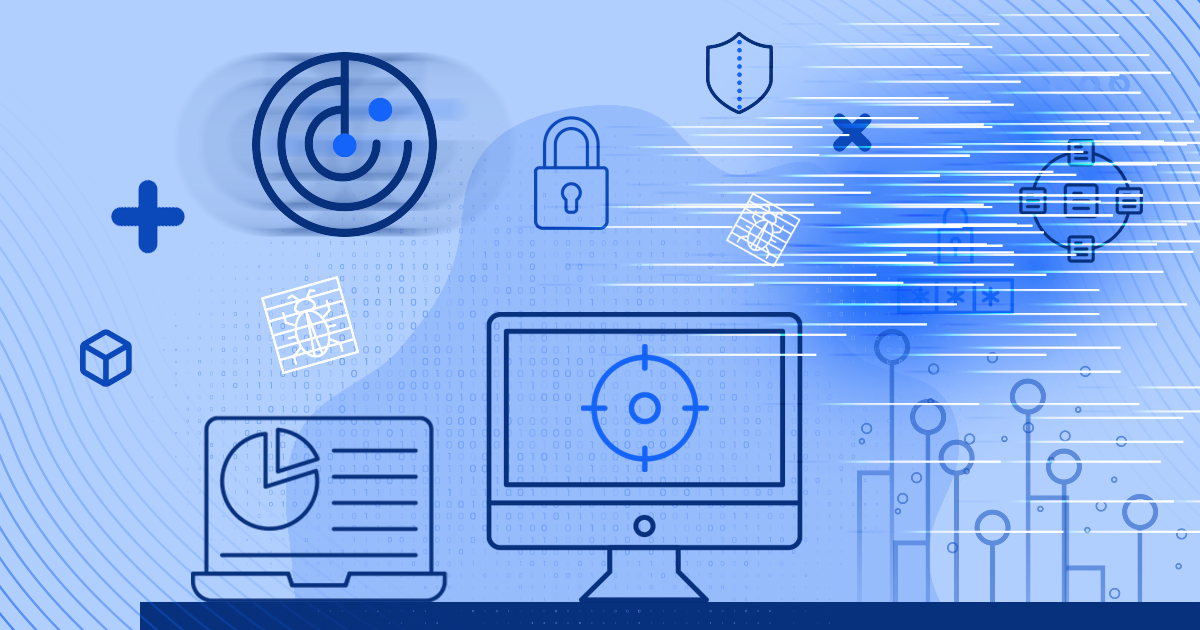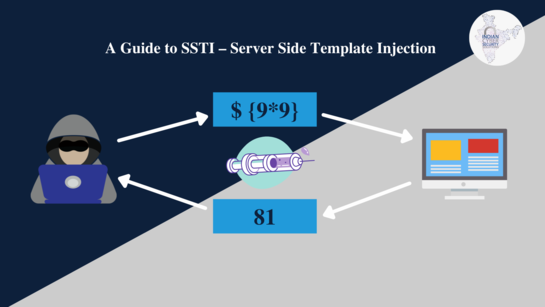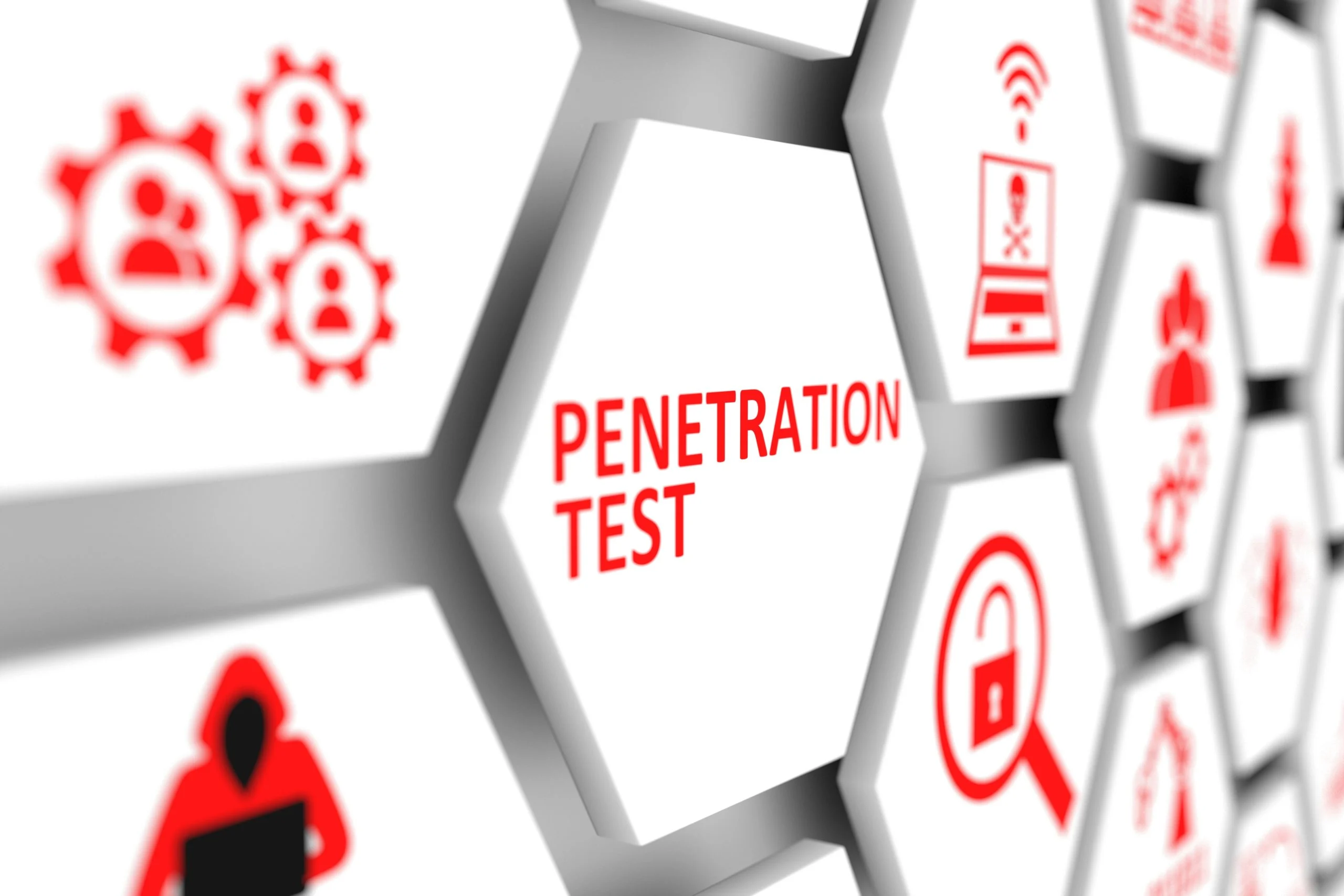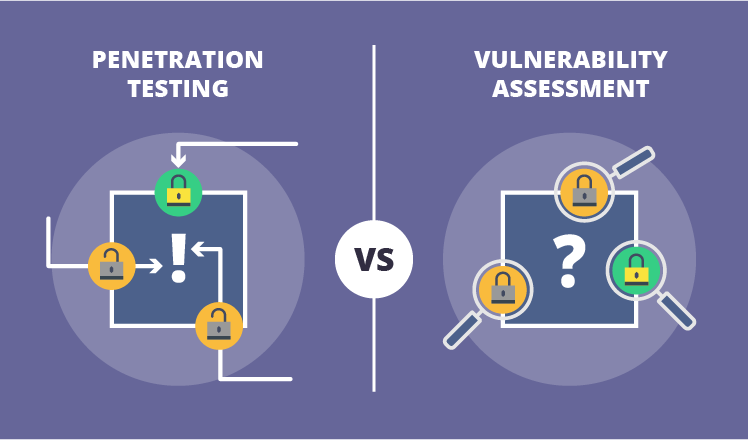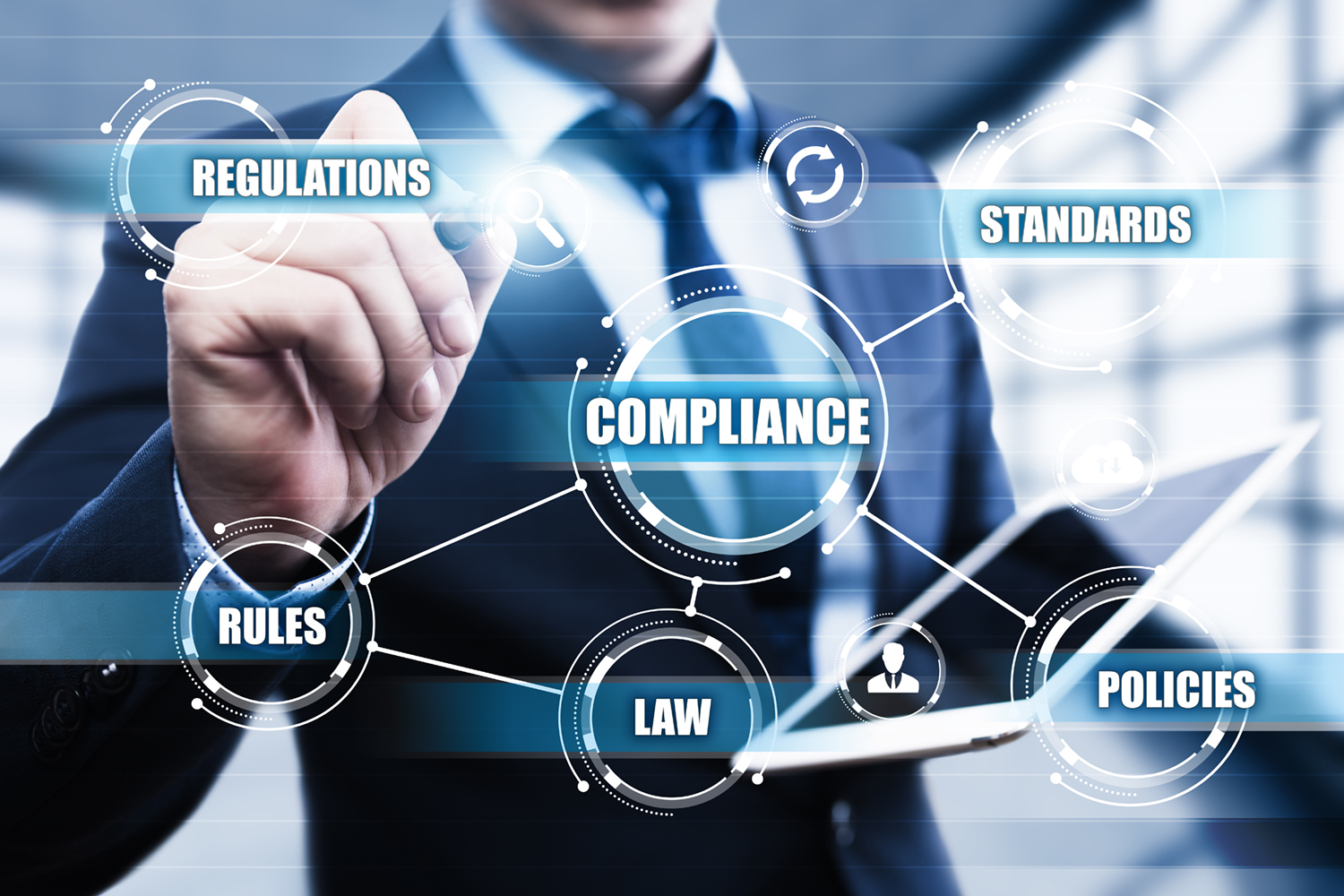
Cybersecurity compliance is the process of ensuring that an organization complies with industry regulations, standards, and laws related to information security and data privacy. Compliance with these regulations and standards helps to protect organizations from cyber threats and can also help to reduce the risk of financial penalties and reputational damage.
There are many different cybersecurity regulations and standards in place, and they can vary depending on the industry, location, and size of the organization. Some of the most common cybersecurity regulations and standards include:
ISO/IEC 27001: This is an international standard that provides a framework for information security management systems (ISMS).
PCI DSS: This is a set of security standards for organizations that store, process, or transmit credit card data.
HIPAA: This is a set of regulations that protect the privacy and security of patient health information.
SOX: This is a set of regulations that protect the financial information of publicly traded companies.
In addition to these common regulations and standards, there are also many industry-specific regulations and standards. For example, financial institutions must comply with the Gramm-Leach-Bliley Act (GLBA), and healthcare organizations must comply with the Health Insurance Portability and Accountability Act (HIPAA).
The process of achieving and maintaining cybersecurity compliance can be complex and time-consuming. However, there are a number of steps that organizations can take to make the process easier. These steps include:
Identifying the applicable regulations and standards: The first step is to identify the regulations and standards that apply to the organization. This can be done by consulting with legal counsel or a cybersecurity compliance expert.
Developing an ISMS: An ISMS is a framework for managing information security. It provides a systematic approach to identifying, assessing, and mitigating risks to information security.
Implementing security controls: Once an ISMS has been developed, the organization must implement security controls to mitigate the risks identified. These controls can include things like firewalls, intrusion detection systems, and data encryption.
Monitoring and assessing compliance: The organization must monitor and assess its compliance with the regulations and standards on an ongoing basis. This can be done by conducting internal audits or by engaging a third-party auditor.
Cybersecurity compliance is an important part of protecting organizations from cyber threats. By understanding the regulations and standards that apply and by implementing appropriate security controls, organizations can reduce the risk of data breaches and other security incidents.
Here are some additional tips for achieving cybersecurity compliance:
Get buy-in from senior management: Cybersecurity compliance is not something that can be achieved by the IT department alone. It requires the support of senior management and the entire organization.
Create a culture of security: Cybersecurity compliance should not be seen as a burden. It should be seen as an essential part of doing business.
Keep up with the latest trends: The threat landscape is constantly evolving, so it's important to keep up with the latest trends in cybersecurity.
Use a risk-based approach: Not all risks are created equal. Organizations should focus their efforts on the risks that pose the greatest threat to their business.
By following these tips, organizations can achieve cybersecurity compliance and protect themselves from cyber threats.
